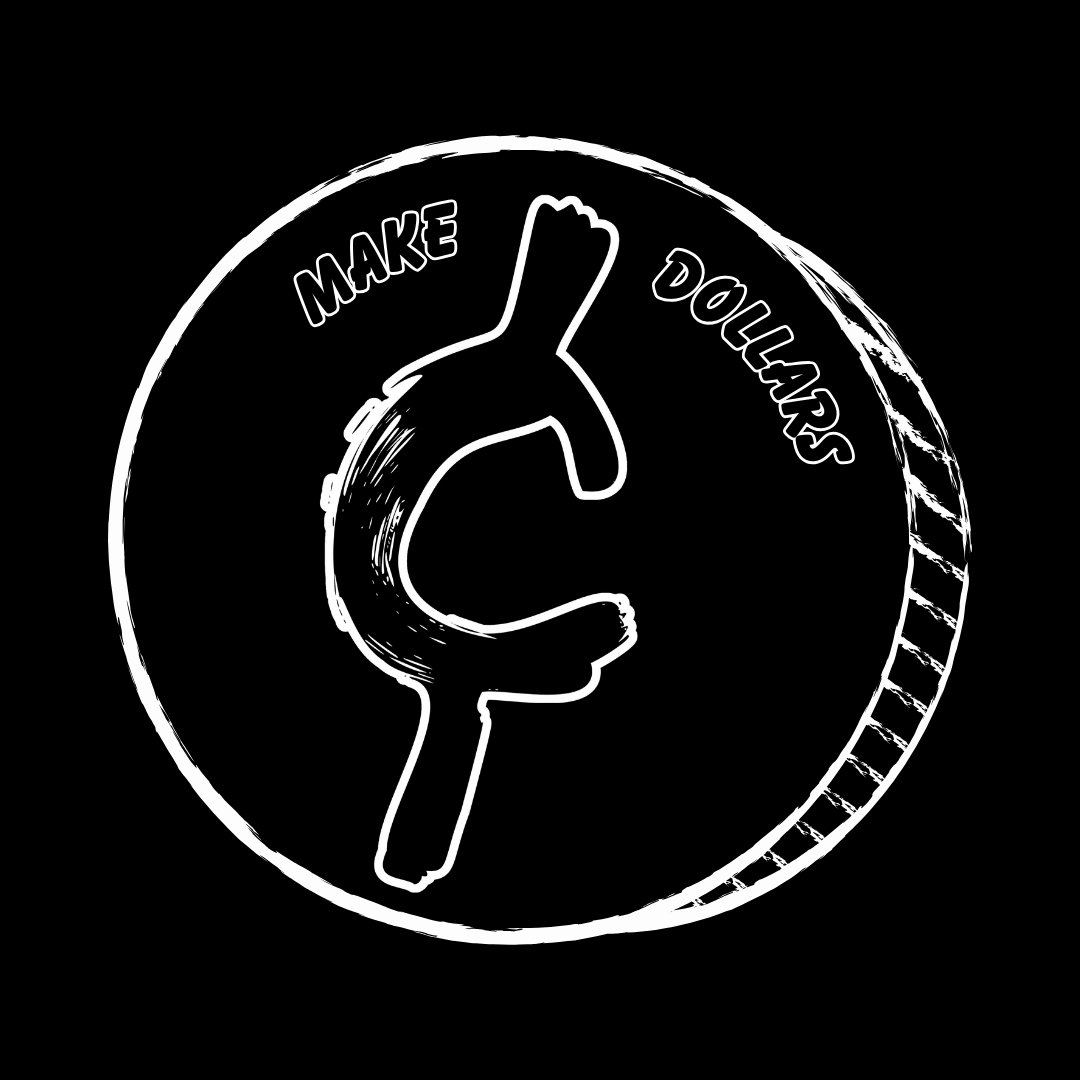How to Identify Valuable Coins in Your Pocket Change
Every day, thousands of valuable coins slip through people’s hands without notice — some worth a few dollars, others worth hundreds or even thousands. The truth is, rare coins aren’t only locked away in museums or sold at high-end auctions. Many are still in circulation, quietly hiding in pocket change, coin jars, and bank rolls.
If you know what to look for, you could turn everyday coins into serious collectibles. In this guide, we’ll cover the types of coins that can be valuable, real-world examples, and the tools you can use to find and identify them.
Why Coins in Circulation Can Still Be Valuable
While most circulating coins are worth only their face value, there are exceptions. These exceptions typically fall into a few categories:
Low Mintage Coins – Fewer coins minted means higher rarity.
Mint Errors – Striking mistakes like doubled dies, off-centers, or extra design elements.
Varieties – Slight design differences made during production.
Precious Metal Content – Older coins made of silver or gold are worth more than face value.
Thanks to coin collecting’s long history, rare finds can appear anywhere — in your change from the grocery store, from the bank, or even in old inherited jars of coins.
10 Valuable Coins That Could Be in Your Change Right Now
Here are some well-known U.S. coins collectors still find in circulation:
2004-D Wisconsin Quarter (Extra Leaf) – Look for an extra leaf on the corn stalk (either “high” or “low” variety).
1995 Doubled Die Lincoln Cent – Strong doubling visible in “LIBERTY” and “IN GOD WE TRUST.”
1969-S Doubled Die Lincoln Cent – Highly valuable and very rare, with dramatic doubling on the obverse.
2009 Lincoln Bicentennial Cents – Especially in high grades or with minting errors.
1970-S Small Date Lincoln Cent – Small “0” in the date compared to the large date version.
1982 No Mint Mark Roosevelt Dime – From the Philadelphia Mint without its “P” mint mark.
2005-D Speared Bison Nickel – Die gouge appears as a “spear” through the bison’s back.
Silver Coins – Dimes, quarters, and half dollars dated 1964 and earlier (90% silver).
2000-P Sacagawea Dollar (Cheerios Dollar) – Distinct tail feather detail on the reverse.
State Quarters with Errors – Missing cladding, off-centers, or dramatic die breaks.
How to Check for Errors and Varieties
Identifying valuable coins takes more than just a quick glance. Here are tips for spotting them:
Use Magnification – A simple 10x loupe will help you spot doubling, extra lines, or other details.
Check Mint Marks – Some dates and mints are far scarcer than others.
Look for Weight Differences – A digital scale can detect wrong planchet errors.
Compare with Reference Images – Use trusted coin reference guides or tools to match your finds.
Preserving Your Finds
If you discover a potentially valuable coin:
Avoid Cleaning It – Cleaning can reduce its value significantly.
Store Properly – Use 2x2 cardboard holders or coin flips.
Document Your Find – Record the date, mint mark, and where you found it.
Why It Pays to Keep Looking
Coin collecting is as much about the thrill of the hunt as it is about value. Even if a coin you find isn’t worth hundreds, adding it to your collection builds knowledge and experience — and over time, those small wins add up.
Whether you’re casually checking your change or actively searching through coin rolls from the bank, staying alert to errors, varieties, and older dates could reward you far more than you expect.
Start Your Search Today
Use our free resources to look up mintages, check coin weights, and identify potential treasures in your own pocket change. You never know what might be hiding in plain sight.
